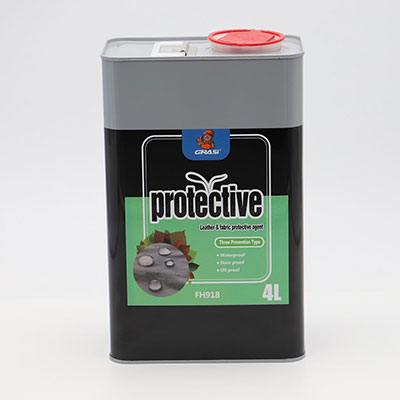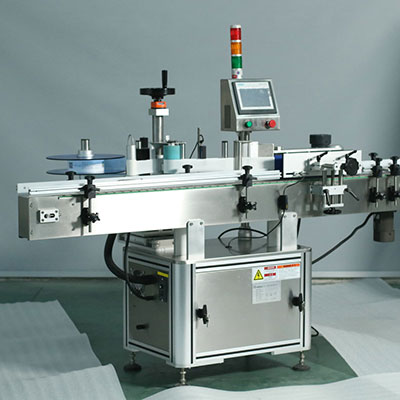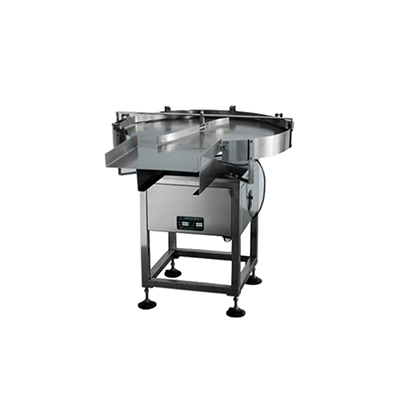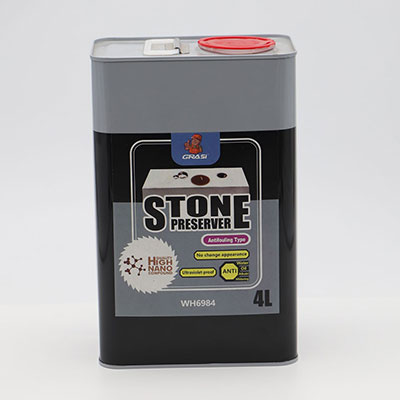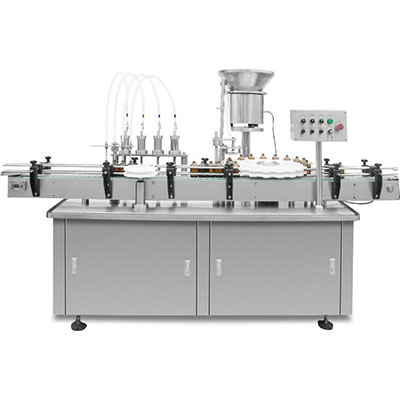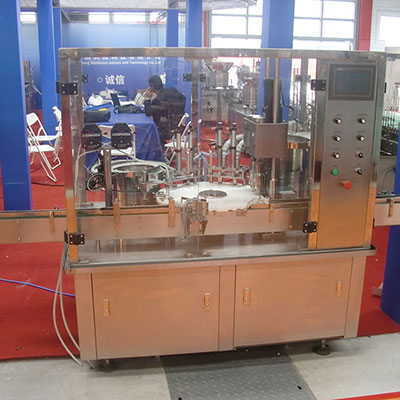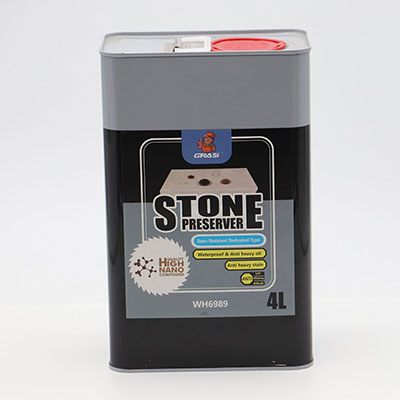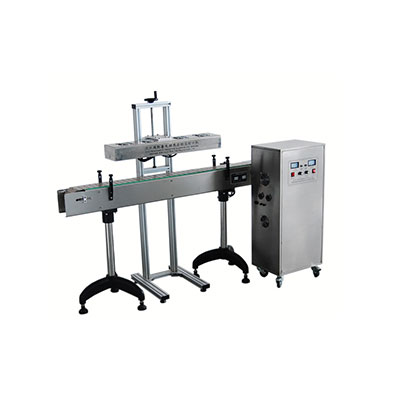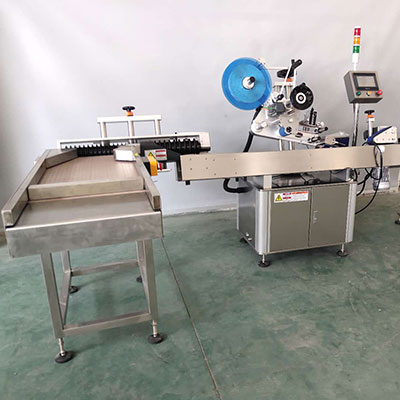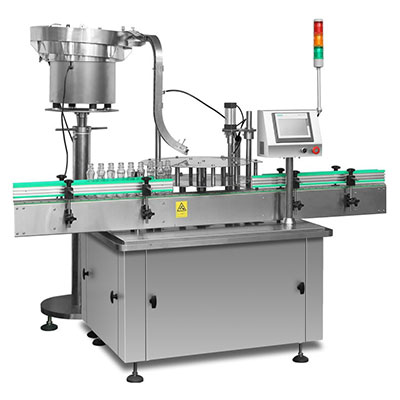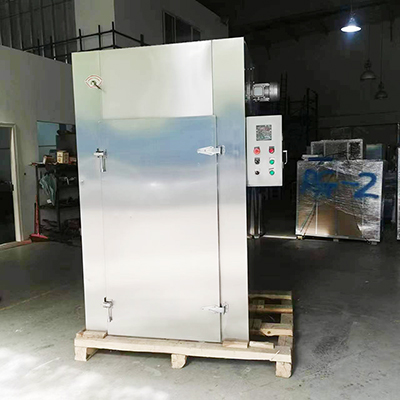Centrifugal Granulation Spray Dryer
Product General Description:
Spray drying is the most widely used technology in liquid process formation and drying industry. It is mostly suitable for producing powdery and granular solid products from solution, emulsion, suspending liquid and paste-like liquid raw materials. Therefore, when the particle size distribution, residual moisture content, bulk density and particle shape of the finished product must be in accordance with the precise standard, the spray drying is an ideal process. GZ-S series centrifugal granulation spray dryers is suitable for centrifugal granulation in ceramic industry, pharmaceutical industry, chemical industry, dye-stuff and other special materials, and particle size distribution can be freely adjusted to the optimum distribution curve values (100 mesh - 350 mesh), the main technical performance and index can reach the world advanced level.
Work Principle:
Air is filtered and heated to enter the top air distributor in the dryer, and the hot air evenly enters in a spiral way into the drying chamber. Through high-speed centrifugal atomizer at the top, the feed sprayed into the extremely fine mist liquid beads through the rotation of the rotary atomizer, contacting with hot air in parallel-flow and in a very short period of time the feed can be dried into a finished product. The finished product is continuously discharged from the bottom of the drying tower and the cyclone separator, and the waste gas is exhausted by the draft fan.
Product Features:
The drying speed is fast, after the atomizing the surface area of the liquid material is increased greatly, in the hot air stream, its moisture content can instantly be evaporated by 95-98%, and drying time is only several seconds, thus it is especially suitable for drying heat sensitive materials.
Products with good uniformity, fluidity and solubility, high purity and good quality. The production process is simple, easy to operate and control. For liquid containing moisture of 40 - 90% (for special materials up to 90%), the liquid can be dried into a powder particle at a time, so it is not necessary to crush and filter, reducing the production process and improving the purity of the product. For the product size, bulk density, water content, in a certain range can be adjusted by changing the operating conditions, thus it is very convenient to control and manage.
Contrast with Conventional Pressure Spray Dryer:
In the past all users apply pressure spray dryer for ceramic powder granulation . Due to the bigger height of equipment, higher energy consumption, difficulties in thorough cleaning, from 1992, our company’s technical staff started the development and research of centrifugal spray granulation dryer. Successively for Huazhong University of Science and Technology (capacitor ceramics), Jiangsu Ceramics Research Center, Beijing General Research Institute of Mining and Metallurgy (tungsten carbide, alumina), Shanghai Silicate Research Institute (thermistor, alumina), Chaozhou Sanhuan Group Company (microwave ceramics), Nanjing University of Chemical Technology (capacitor ceramics) our company provided centrifugal spray dryer with capacity of 10-50 kgs powder per hour. Due to the total height of these machines is not more than 5 meters, greatly reducing the user's investment in plant and advanced hot air system completely eliminates the oxide coating or scale, so that the ceramic powder pollution is reduced and the each performances are better than the powder produced by the pressure spray dryer. The spray dryer is applicable to ceramic industry, capacitor material, alumina, zirconia and other materials which have special requirements on the particle, and its particle size distribution can be adjusted to the optimum distribution curves values, and all the performance indexes have reached the world leading level.
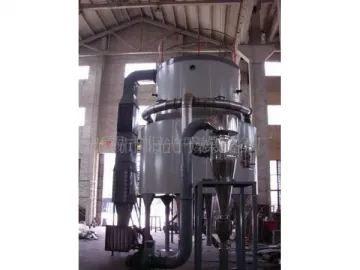
Application Range:
(1) chemical industry: battery raw materials, basic dyes and pigments, dyes intermediates, compound fertilizer, formaldehyde silicic acid, catalyst, sulfuric acid agent, amino acid, white carbon black,.
(2) plastic resin: AB, ABS emulsion, urine formaldehyde resin, phenolic resin, sealant urea formaldehyde resin, polyethylene, polyvinyl chloride and so on.
(3) food industry: fat rich milk, cacoa milk powder, milk replacer, hunting blood meal, egg white (yellow) whole-egg etc..
(4) food and plant: oats, chicken juice, coffee, instant tea, seasoning meat, protein, soybean, peanut protein, hydrolysate and so on.
(5) sugar: syrup, corn starch, pectin, glucose, maltose, potassium sorbate etc..
(6) ceramic: alumina, ceramic tile material, Magnesium Oxide, talc powder, etc..
Technical Parameters:
| Specs. & Model | 5 | 25 | 50 | 100 | 150 | 200 | 300 | 400 | 500 | 600 | 800 | 1000 | 2000 |
| Inlet Temperature | 150-350℃ | ||||||||||||
| Outlet Temperature | 60-120℃ | ||||||||||||
| Spray Mode | High speed centrifugal atomizer(mechanical transmission or stepless variable frequency speed regulation for option) | ||||||||||||
| Moisture evaporation capacity(kg/h) | 5 | 25 | 50 | 100 | 150 | 200 | 500 | 800 | 1000 | 2000 | 3000 | 4500 | 6500 |
| Atomizer speed (RPM) | 25000 | 22000 | 21500 | 18000 | 15000 | 12000-13000 | 11000-12000 | ||||||
| Diameter of atomizing disk (mm) | 60 | 120 | 150 | 180-210 | To be determined in terms of the technological process | ||||||||
| Electric heating power (kw) | 9.6 | 31.5 | 60 | 81 | 99 | ||||||||
| Dry powder recovery ratio (%) | ≥95 | ||||||||||||
| Floor length (m) | 1.6 | 4 | 4.5 | 5.2 | 7 | 7.5 | 12.5 | 13.5 | 14.5 | To be determined in terms of the technological process and the site conditions and user's requirements. | |||
| Floor width (m) | 1.1 | 2.7 | 2.8 | 3.5 | 5.5 | 6 | 8 | 12 | 14 | ||||
| Tower height (m) | 1.75 | 4.5 | 5.5 | 6.7 | 7.2 | 8 | 10 | 11 | 15 | ||||
| Nozzle lifting height (m) | - | 2.5 | 2.5 | 3.2 | 3.2 | 3.2 | 3.2 | 3.2 | 3.2 | ||||
| Notes: water evaporation is related to material properties, solid content and temperature of hot air inlet and outlet. According to the local energy situation, the user can choose the heating method; and according to the material characteristics, the user can select the mode for dust collection and dust removal. | |||||||||||||
Notices before Order:
The liquid material name, material properties: solid content (or moisture content), viscosity, surface tension, pH value.
The dried powder capacity, allowing residual moisture, particle size, maximum product temperature.
The yield, the working time (hours/shift) every day.
The available energy: vapor pressure supply, capacity for coal, oil, gas.
The control requirements for inlet and outlet temperature : whether the automatic control is demanded.
The requirements: for powder collection: whether to install bag type collector, environmental requirements for emissions.
The other special requirements.
Links:https://www.globefindpro.com/products/54448.html
-
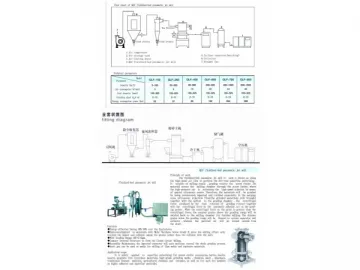 Fluidized Bed Jet Mill
Fluidized Bed Jet Mill
-
 Pressure Nozzle Spray Dryer
Pressure Nozzle Spray Dryer
-
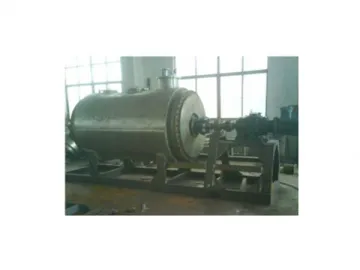 Vacuum Harrow Dryer
Vacuum Harrow Dryer
-
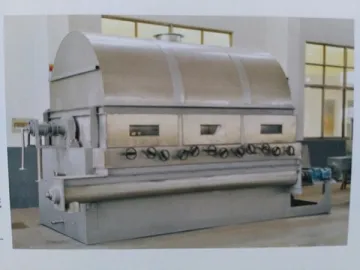 Drum Dryer (with Scraper)
Drum Dryer (with Scraper)
-
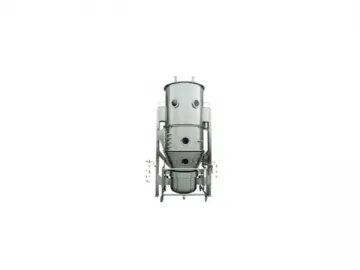 Fluidized Bed Granulator
Fluidized Bed Granulator
-
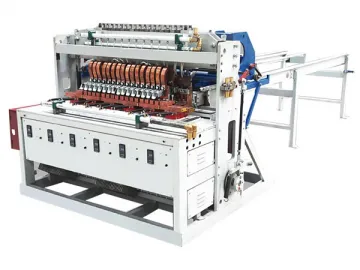 Storage Shelves Welding Machine
Storage Shelves Welding Machine
-
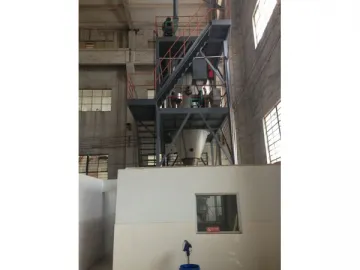 Integrated/Multi-stage Fluidized Bed Spray Dryer
Integrated/Multi-stage Fluidized Bed Spray Dryer
-
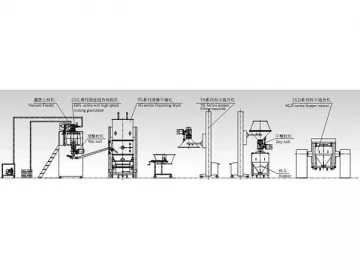 Solid Dosage Form Production Line
Solid Dosage Form Production Line
-
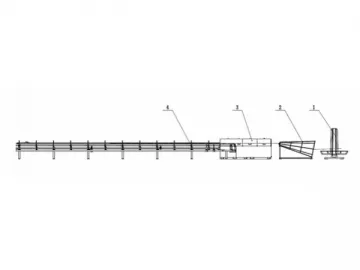 Animal Cages Straightening Machine
Animal Cages Straightening Machine
-
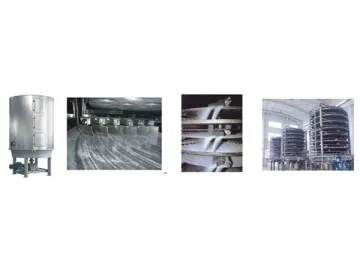 Continuous Plate Dryer
Continuous Plate Dryer
-
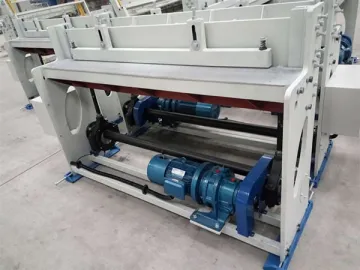 Wire Mesh Cutting Machine
Wire Mesh Cutting Machine
-
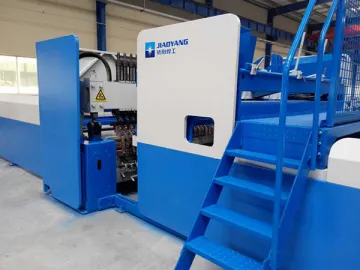 Mine Mesh Welding Machine
Mine Mesh Welding Machine
